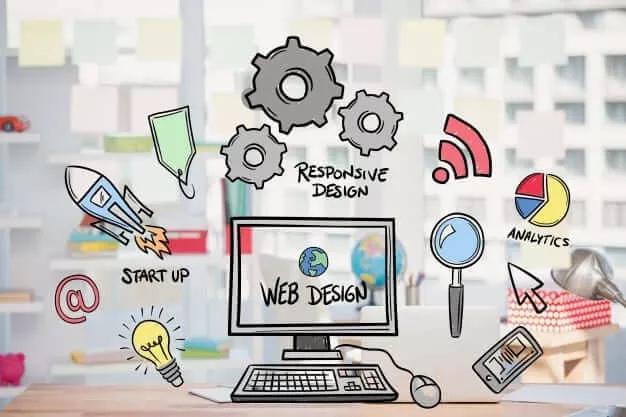Introduction
In the wake of the pandemic the situation has changed dramatically and there’s a surge in the amount of healthcare applications and software that are hitting the market. With the help of software, the healthcare field, doctors are able to detect, anticipate and tackle the worldwide threat more effectively and more quickly. When developing the software for healthcare there are many aspects to consider by both the business that is seeking the solution and the application creator.
When creating a healthcare software, things to consider
1. Target Audience Determination
When it comes to healthcare software, determining the audience that will be used is an essential aspect as it is the one that determines the health and safety of a large number of patients. Therefore, prior to deciding to develop a software program knowing the intended audience behavior is crucial. One of the effects of the pandemic was that it pushed healthcare professionals to collaborate in a more cooperative approach.
Additionally, it created the possibility of new behavior within the field, specifically ones that can be facilitated by the internet and other digital tools. A solution that is effective is one that can determine what it is expected to achieve and for whom. Find out what the new software for healthcare will be able to do and impact involvement of patients.
2. Decide the App Type
There are many advantages that can be gained from the use of healthcare software. From improving health administration to providing quality healthcare to patients. In order to create software for healthcare that is loaded with options, you must decide on the type of software you’d like developed. Examples include:
- Software for diagnosing
- Remote patient monitoring
- Hospital management system
- Medical marketplace or medical equipment
- Online appointment scheduling
- Electronic health record
- Systems for medical research
3. Finding the Ideas’s Sustainability
If you begin to create software for healthcare management without conducting a thorough research before deciding on its viability, you may be unable to sustain the market. Look over the following checklist.
Does it resolve the common problems that the average person might have to face in health care?
Does the concept have the potential to be scalable? Scalability refers to the number of customers you’re in a position to reach.
4. Primary and secondary functions Research
Based on the type of software for healthcare It is crucial to choose which the primary and secondary function of the application will be. In order to build an online appointment scheduling program with features such as availability of the doctor appointments book, appointment book registration for users, as well as payment options will be the primary features of the program.
Additional functionality is booking amounts, sorting filters according to availability and availability, and so on. Many beneficial features in healthcare software, like calendars, reminders, notifications and activity trackers enhance the user’s experience overall.
5. Interactive UI (User Interface) and UX (User Experience) Designs
It is important to understand that the UI and UX is a key element in the design of healthcare management software to provide better user-friendliness and functionality. When it involves designing healthcare software it is crucial to choose the designs for UI/UX carefully because a typical customer of the software is one suffering from a health problem.
Think about using colors for easy-to-read fonts, text alignment, symbols, and meanings to make a visually appealing UX. For UX it is essential that all elements be simple to use and understand.
6. User Guide
User guides are great for a variety of features that your customers can readily comprehend. Healthcare software providers have an extensive understanding of software and you must seek out a dedicated development firm or team to develop the user’s guide.
Some important point include:
The focus should be on the user at the end of the line and develop the language and the symbols that they can comprehend
The manual must be organized around a specific task with the features described in a simple language
It is crucial to define the way to utilize the capabilities of the software
7. Think about the different places
Take care of the differences, for example the following, when you’re launching software for different nations.
- Healthcare protection standards
- System of units (currency and other measurement standards)
- Languages
- Time zones
Conclusion
With the ever-changing needs and demands, software for healthcare is a crucial element in improving health and lives. Every healthcare professional and institution must carefully think about having an efficient healthcare system in order to offer superior services.

